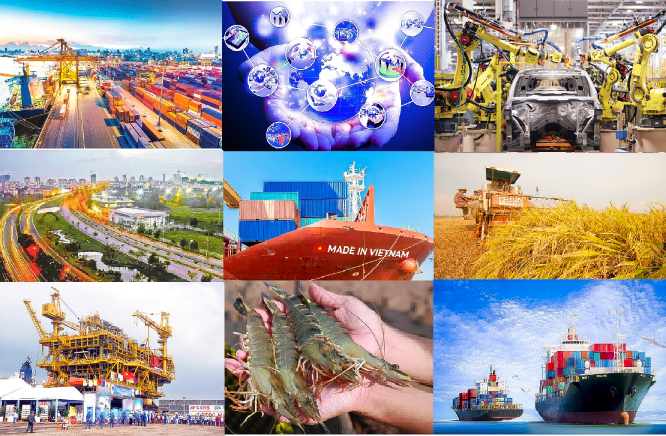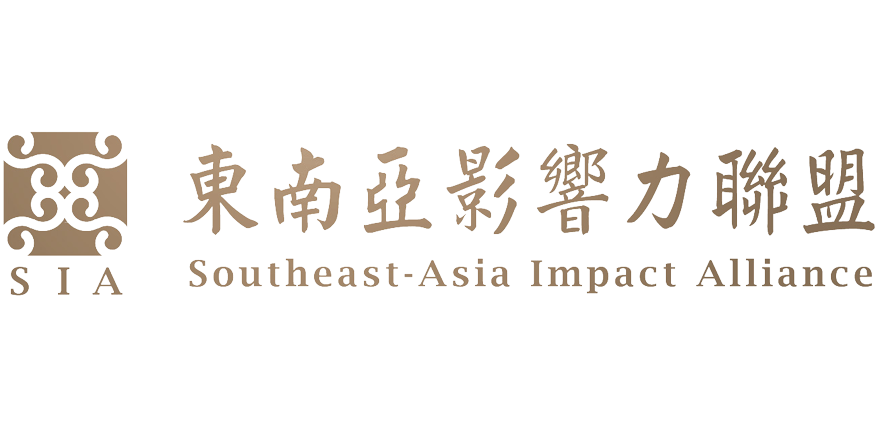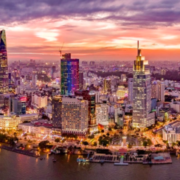Vietnam has the potential to become the next Asian tiger
Vietnam is considered to have the full potential to become the next Asian tiger.
With its independent and non-threatening foreign policy approach to Western economies, Vietnam’s remarkable economic growth is described as “unparalleled,” further elevating its political standing.
Additionally, according to an analysis by Asia Times, Vietnam could emerge as the world’s fourth-largest exporter of high-tech goods after China, Taiwan, and Germany.

Vietnam has the full potential to become the new Asian tiger
According to Asia Times, amidst the backdrop of the Covid-19 pandemic and escalating US-China trade tensions, Vietnam has surpassed South Korea to become the sixth-largest trading partner of the United States in terms of import value in 2022.
This significant leap represents a milestone in Vietnam’s economy. It is worth noting that Vietnam’s largest export items to the United States are no longer textiles but high-tech products.
By the end of 2023, many flagship products of Apple will be assembled in Vietnam.
“Instead of competing for the title of ‘world’s factory’ with China, Vietnam is elevating its position to become a supplementary manufacturing destination for China within the global supply chain ecosystem,” – Asia Times quoted the analysis by researcher Long Le from the Leavey School of Business at Santa Clara University emphasized.
“Vietnam maintains a ‘neutral’ environment essential for foreign fintech companies to minimize risks and redirect their expansion potential amid the high-stakes power competition between the United States and China,” the publication noted.
This is evident in Apple relocating its production out of China or the $1.6 billion investment by Amkor Technology, a U.S.-based company, to build a semiconductor manufacturing plant.In addition, Vietnam is open to welcoming the return of Huawei despite the U.S. restrictions imposed on this Chinese company.
Vietnam’s economic development does not pose a threat to the West
According to Asia Times, Vietnam has the potential to become the world’s fourth-largest exporter of high-tech goods, following China, Taiwan, and Germany.
While Vietnam currently holds the 7th position, Asia Times notes that the Southeast Asian nation’s growth rate is “almost unparalleled.” High-tech goods accounted for 42% of Vietnam’s export share in 2020, a significant increase from 13% in 2010.
In some aspects, Vietnam is closely tracking China’s efforts to become a high-income economy. However, Asia Times highlights that, unlike China, Vietnam’s market economy poses little threat to Western and Asian economies.
“Through its independent and autonomous foreign policy, Vietnam can prevent external interference and thrive in a safe political environment like today. Vietnam’s economic model is truly suitable for market-oriented economic growth,” the publication affirms.
However, the rapid increase in Vietnam’s high-tech exports is still not enough to accelerate its entry into the “Asian tiger” group.
In the past decades, countries like South Korea, Taiwan, and China joined this group by transitioning from low-tech to advanced technology manufacturing.
It may take approximately 15 years for Vietnam’s per capita GDP, currently $4,320 in 2023, to reach the same level as China’s per capita GDP in 2023, which is $12,540.
While Apple directs its suppliers to invest, manufacture, and assemble products in Vietnam, the question arises: can Vietnam seize the opportunity to enhance value-added and witness Vietnamese companies gradually becoming exemplary suppliers to Apple?
Certainly, this seems unlikely to happen in the short term because all of Apple’s suppliers are foreign-invested companies from China or Taiwan that have shifted to Vietnam.
While Vietnam’s high-tech exports are driving the country’s economic growth, it still has an excessive reliance on foreign investment, with about 70% of Vietnam’s total export value dominated and held by foreign companies.
The potential for Vietnam’s per capita GDP growth is significantly lower than that of other Asian tigers after reaching a low middle-income level. This is due to the fact that Vietnam’s total factor productivity (TFP) and labor force have not been sufficiently driven by domestic input, and technology diffusion is not occurring as rapidly as expected.
However, there is a notable bright spot: the current FDI inflow from fintech companies is helping Vietnam buy time to address its overreliance on foreign investment.
For example, the Vietnamese government can attract Apple to invest in R&D (research and development) and enhance relationships with Vietnamese universities and students, similar to what Apple has done in China.
Vietnam’s unique position in the race to become the new Asian tiger
“Vietnam has a unique position to become one of the fastest-growing economies in the next decade,” the publication believes in the country’s success in controlling the Covid-19 pandemic and operating as an efficient economic player in Asia during the pandemic, which has solidified the nation’s position and reputation as a safe and friendly environment for foreign direct investment.



